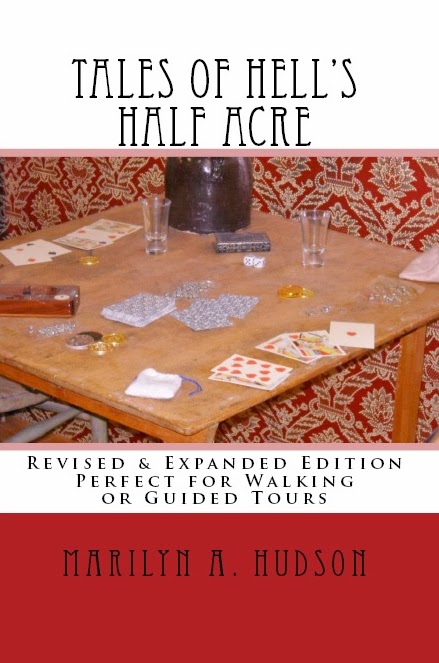In the 1980's alternatives to traditional jail sentences for sex predators were gaining popularity. It was a process of slowly accepting new ideas in psychology, social systems and behavior modifications. It was clear that the old way of sentencing, early releases or even counseling were not totally successful in every case. So much was still unknown...
Drugs seeking to achieve a form of chemical castration were popular at first. The time was ripe for kinder and gentler treatment of prisoners, mental patients, and the handicapped. There was a groundswell call for re-examining the way sexual predators were sentenced, treated, and handled.
It was a time of sexual revolution and that meant there was still a great confusion existing about the motivations and stimuli for sexual assaults.
It was still a time when women were fighting for acceptance in male dominated professions, men felt threatened and a hyper masculinity often emerged in attitudes called 'macho'. Women were no seen, treated, and understood to be equal. Courts and public opinion were most likely to judge a crime on the basis of the victim's life, choices, or accidental presence than on the willful acts of a man acting in a criminal fashion.
Sexual assault was commonly thought of as "the woman's fault". She was "asking for it" and various other common tags. The court of popular opinion could never get beyond that first word to the vicious actions of the second. Any action using the sexual organs was immediately confused with acts of sexual pleasure. The understanding, and wide-spread acceptance, of sexual assault and rape as actions of violent dominance and control were still a long way off.
Compounding this was a "good old boy" atmosphere that ran a "boys will be boys" world and allowed male criminals to get off easy. Rape victims, unlike other victims, had to prove they were above reproach to be taken seriously. This would be akin to someone who had a television stolen needing to prove they had never had a television before for the crime to be logged and investigated. The ability to distinguish between willful and consenting participation in sexual behaviors and the forced and violent use of sexual means to inflict unwanted pain were hard for some to understand. The world had too long believed that when a girl said "no" she really meant "yes" to ever hear the voice of the girl screaming 'No!"
In the early 1960's one popular drug being suggested for this patient control was Depo Provera. Over the years its use as a chemical castration treatment created many controversies. Some wondered if it might simply force aggressive patients to replace sexual assault with assault with a deadly weapon instead because the motivating factor was a search for dominance and power rather than sexual gratification. It was the topic of many studies and seen as a possible treatment in pedophilia.
As a result, there is a great deal of disparity between cases of sexual predators from the 1980's through the 1990's (and maybe still today). The issue was too confused with the mystery of human sexual behaviors, social mores, and social control to clearly see the intentional victimization of women (and children) at the hands of people seeking , not sex, but control.
As a result, there is a great deal of disparity between cases of sexual predators from the 1980's through the 1990's (and maybe still today). The issue was too confused with the mystery of human sexual behaviors, social mores, and social control to clearly see the intentional victimization of women (and children) at the hands of people seeking , not sex, but control.



.jpg)









